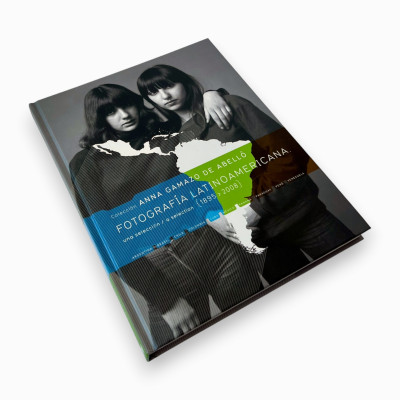Hermanos Mayo
The Mayo brothers were a group of Galician photographers consisting of Paco (1911-1949), Cándido (1922-1984), and Julio Souza Fernández (1917-2018). Together with their brothers Faustino (1913-1996) and Pablo del Castillo Cubillo (1922-1929), they founded a photography agency in Spain at the beginning of the Spanish Civil War and later continued their photographic activities in Mexico. The father of the Souza Fernández brothers was a sculptor and stucco worker who passed away in 1926, so they had to start working at a very young age. Paco, the eldest brother, found work in Madrid taking aerial photographs for the military aviation, but after his stay in the Sahara, he decided to pursue photojournalism. His early works were mainly for magazines such as Mundo Obrero and Renovación, and he was assigned to follow the activities of Dolores Ibarruri, allowing him to photograph the Asturian Revolution of 1934.
The brothers initially named their first photographic enterprise Fotos Souza, but before the Spanish Civil War, they changed the name to Fotos Mayo and also changed their address due to frequent police searches, given Paco's anarchist affiliation. From 1933 onwards, Paco was often accompanied by his brothers Cándido and Julio. In 1934, they acquired their first Leica camera. That same year, Paco founded the agency Foto-Mayo in Madrid to distribute photographs to the Spanish and foreign press. This agency was very active during the Spanish Civil War, providing images of the war and life in the Republican zone. After the conflict, Francisco and Cándido, along with their childhood friend Faustino, who was also a photographer, emigrated to Mexico. Upon their arrival, their first photographic activity was to take portraits of all the immigrants who traveled with them on the ship Sinaia. They later opened a studio under the name Fotos Mayo. In November 1947, when Julio arrived, they changed the name to Hermanos Mayo. Shortly after, Pablo, Faustino's brother, also emigrated and joined them in the agency.
The Mayo brothers published their photographs in a large number of newspapers and magazines, including El Popular, Hoy, Mañana, La Prensa, Time, and Life. They covered travel stories and alternated their documentary work on the country's political activities with projects on street life, markets, craftsmanship, archaeology, and more. They covered various topics such as bullfights, football and other sports, shows, gambling houses, nightlife, and conducted reports on Mexican indigenous peoples. Their body of work, consisting of five million negatives in both color and black-and-white, was sold by Julio Mayo to the General Archive of the Nation of Mexico, where it has been housed since 1994. Their work on the Spanish Civil War gained recognition in the late 20th century, and tributes have been focused on Julio Souza Fernández, known as Julio Mayo, with honors such as the title of Historical Photographer of the Province of La Coruña and the Silver Camera from the Mexican magazine Cuartoscuro. The Mayo brothers were awarded the National Journalism Prize 2007 of Mexico in the category of journalistic trajectory.


